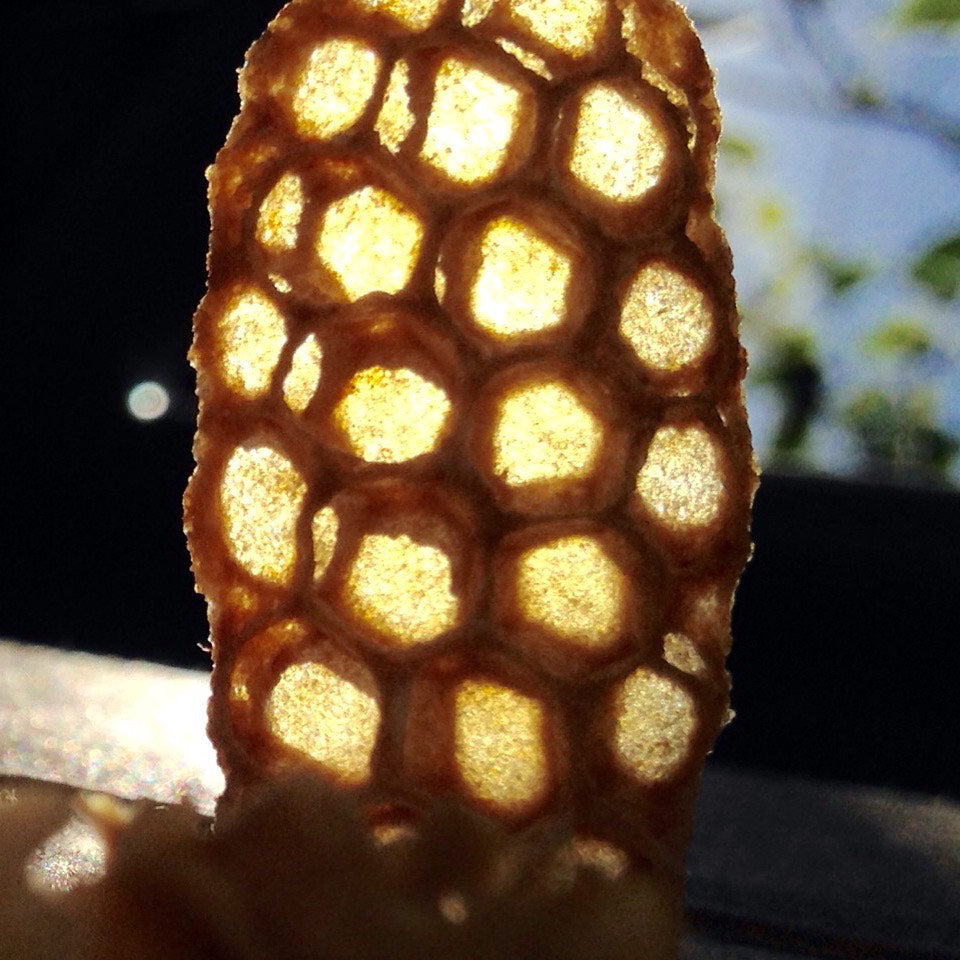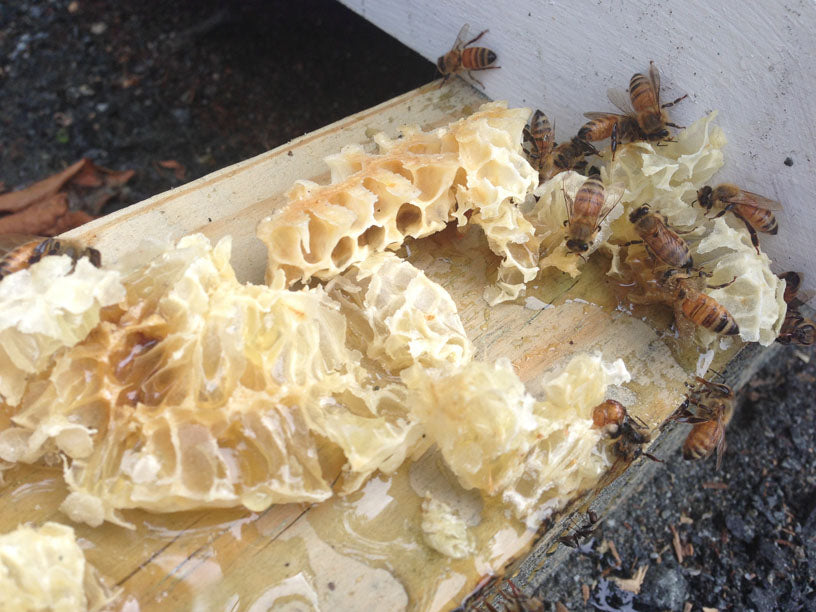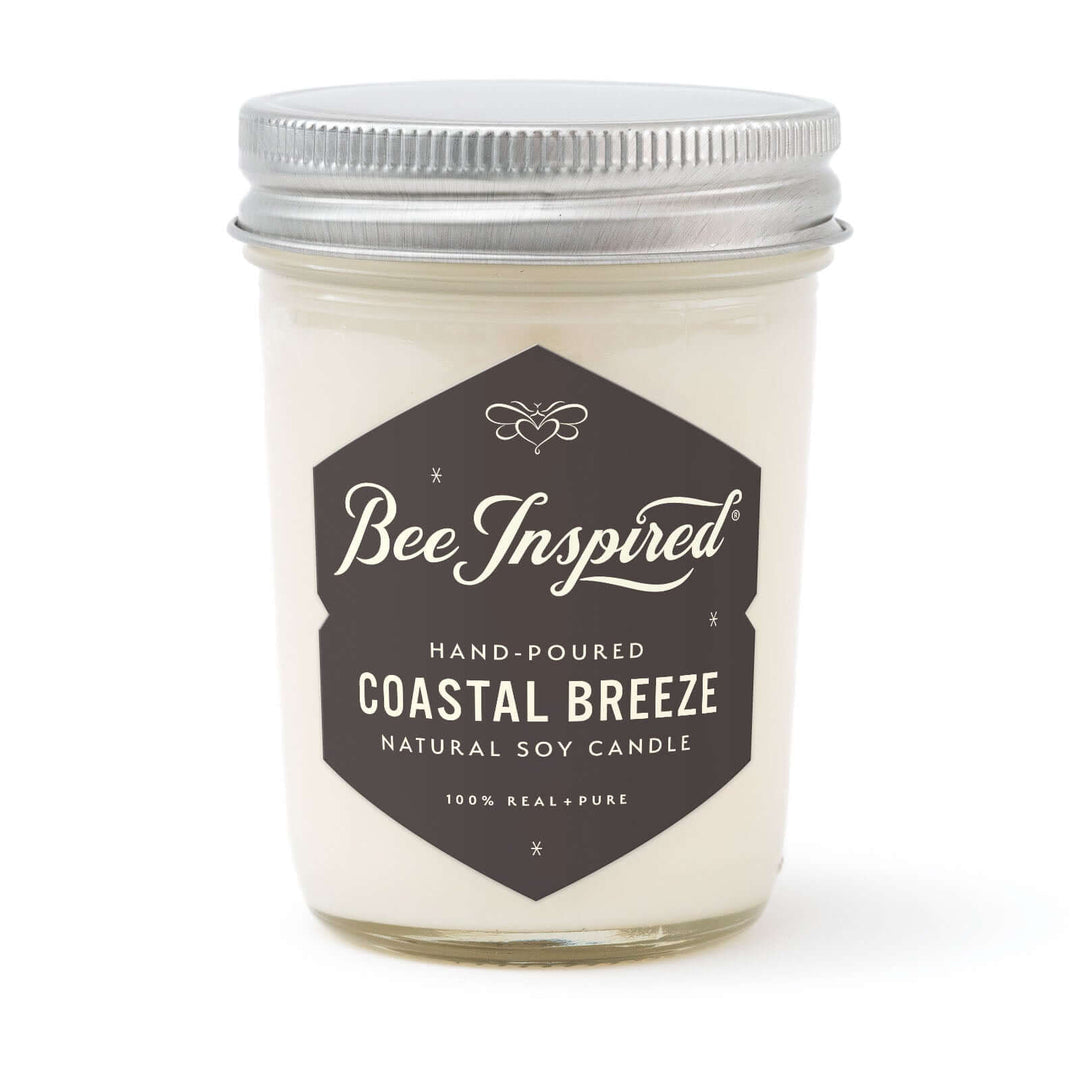Bees are remarkable creatures, not just for their crucial role in pollination but also for their incredible precision in constructing their hives. A concept that exemplifies this precision is 'Bee Space,' a phenomenon that has significant implications for beekeeping and the design of beehives.
 Burr Comb backlit by window light photo by Geof Graham
Burr Comb backlit by window light photo by Geof Graham
What Is ‘Bee Space’?
Bee Space is a term used in American beekeeping to refer to the precise measurements bees naturally maintain when constructing their combs. Through an intuitive sense of geometry, worker bees create combs with exact spacing, making the bee hive functional and efficient. Anything that falls outside these dimensions prompts the bees to correct or fill the space, often leading to the creation of what beekeepers call 'burr comb.'
Understanding 'Bee Space' is vital because every frame within a hive must provide an exact amount of space between each other. This strict adherence allows worker bees to build combs and ensures a beekeeper can inspect and manage the hive without causing disruption.
For beekeepers, understanding 'Bee Space' is more than an appreciation of insect ingenuity; it's a blueprint for successful hive management. For artistic beekeepers, sometimes it's fun to just see what happens.

Kara and her crew during harvest. Photo by Kirsten Elstner
The Importance of 'Bee Space'
The concept of valid 'Bee Space' is crucial when creating bee hives. The design and spacing of frames within the hive must mimic the natural spacing bees would construct in the wild. This means framing must allow the specific amount of space bees require to operate and thrive without encouraging the creation of excess wax or burr comb.

Bee on langstroth hive with gap of space between frames
What Is Burr Comb?
Burr Comb is the additional comb that bees construct to fill unintended gaps in their hive. While it may seem like an innocuous bee creation, it can cause significant issues for beekeepers. If frames are misaligned or improperly spaced, bees will instinctively produce burr comb to bridge even the smallest gap.
Why Do Honey Bees Create Burr Comb?
There are several reasons a hive may have excess space which leads to burr comb. It may form because:
-
The spacing between frames differs slightly from the precise 'Bee Space.'
-
The beekeeper has been overfeeding the bees.
-
The hive doesn't have sufficient room for honey storage.
-
A missing or incorrectly sized frame could be off by as little as 3/8 of an inch!

Inner cover filled with burr comb
Creative Uses for Burr Comb
Before you discard that burr comb, consider its uses. Beeswax is highly versatile:
-
Candle Making
-
Shoe and furniture polish
-
Crayons
-
Beauty remedies
In my personal experience, integrating new equipment with my existing setup revealed slight mismatches that prompted the bees to fill in with burr comb. Bees are meticulous about their living space; any imbalance can drive them to take architectural action.

Kara doing a hive inspection on Chesterhaven Beach Farm
Preventing and Managing Burr Comb
Addressing the burr comb promptly is essential. The main rule of thumb is to eliminate burr comb upon detection and rectify the spatial gap causing the bees to build it. For beekeepers, minimizing such issues is part of maintaining the 'peace' of the hive and ensuring easy access to frames for inspection and honey extraction.
If left unchecked, excessive burr comb can make frame removal difficult, and elongated hive exposure can attract robbers – bees from other colonies looking to snatch resources. Conducting hive maintenance quickly during honey flow is essential to avoid such scenarios.

Bees lapping up honey running out of newly removed burr comb from the hive
Housekeeping Tips for Beekeepers
When you scrape away unwanted burr comb, remember that your industrious bees will set things right in no time. Trust in their compulsive commitment to hive orderliness. However, remember that neatness counts in beekeeping, and precise spacing in your hive prevents such issues before they arise.
Langstroth Hive and its Role in Bee Spaces.
Langstroth hives and standard beekeeping equipment are key innovations today. It leverages bee space, a crucial discovery by Reverend Lorenzo Langstroth. Here's why the Langstroth hive excels:
Efficient Beehive Design
-
Modularity: Adaptable vertically stacked boxes cater to colony growth.
-
Removable Frames: Enables easy comb inspection and honey extraction without damage.
-
Standardization: Uniform hive and frame sizes allow for interchangeable parts.
Bee Space: The Game Changer
-
Optimal Gap Size: A precise 1/4 to 3/8 inch gap prevents comb or propolis blockages.
-
Improved Hive Management: Frames stay unglued by propolis, making inspections stress-free.
Impact of Bee Space
-
Enhanced Honey Production: Combs can be reused after the honey is extracted, boosting productivity.
-
Effective Disease Control: Easy-to-remove frames allow for better pest and disease management.
The Langstroth hive and bee space have revolutionized beekeeping, promoting sustainable, hygienic practices. It has significantly impacted how we interact with our hives, ultimately benefitting both bees and their stewards.

Langstroth hives on the farm
Bee Space should become one of the world's wonders
Managing 'Bee Space' is a fascinating aspect of modern beekeeping that requires accuracy and attention to detail. Uphold the spatial harmony of your hives, and your bees will reward you with diligence in return. Remember, when it comes to bees, even a few millimeters' difference calls for a display of their incredible architectural instincts.
Should excess comb be removed?
Burr comb is built by honey bees but can complicate hive management. It is removed to:
-
Simplify inspections by preventing frames from sticking.
-
Maintain proper space and air circulation.
-
Ensure efficient honey extraction without the mess.
-
Spot pests like hive beetles or wax moths.
Yet, consider the timing and frequency of removal to reduce bee disturbance and recycle the wax when applicable. Regular checks are crucial for managing excess comb.
Ultimately, burr comb is a natural occurrence within a beehive and is removed to promote an orderly hive structure and ease hive management tasks.
May your modern hives be a testament to the precision and order of the natural bee world!
Updated March 2, 2024











